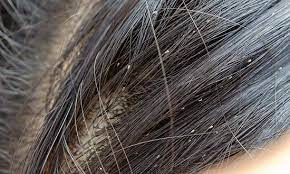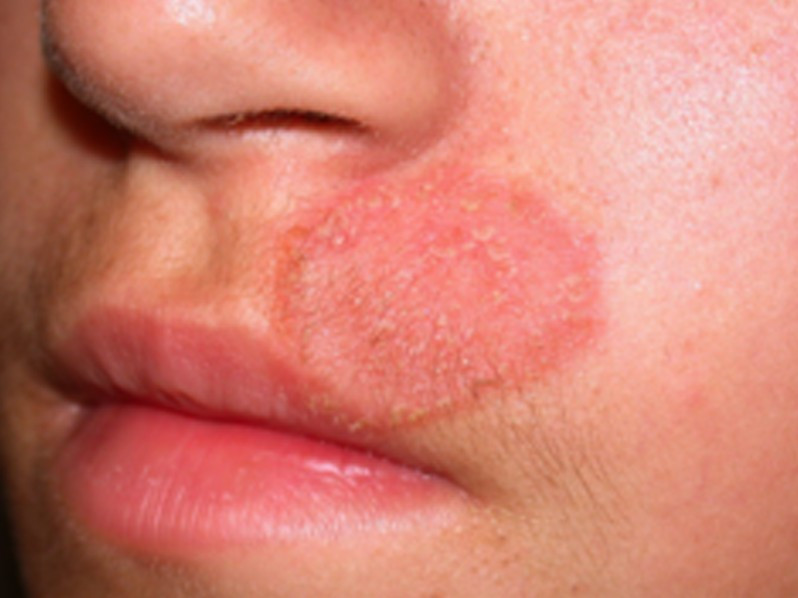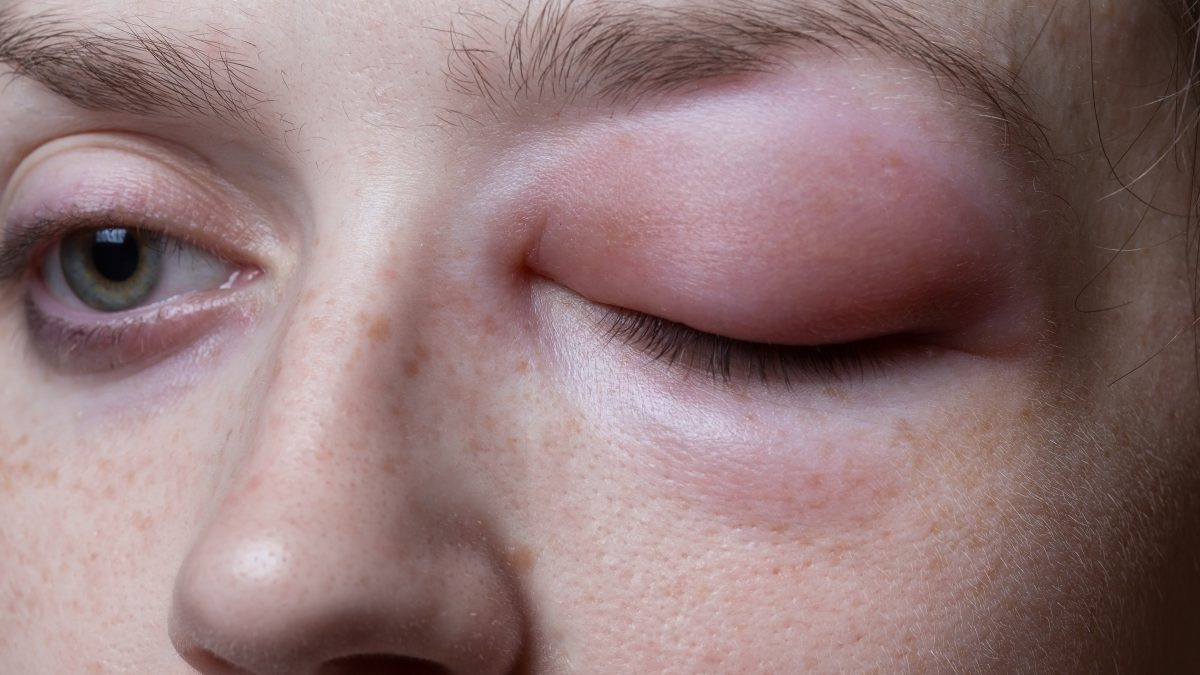Definition
Pediculosis is a disease caused by Pediculus humanus. Lice are small, wingless parasitic insects that require human blood to live. Lice are found throughout the world and at all socio-economic levels. The number of diseases caused by lice is not known with certainty because the numbers are uncertain and could be very large.
Causes
There are three types of lice (Pediculus humanus), they are:
- Head lice. This type of lice can be found on the scalp. They are most easily found on the nape of the neck and the skin above the ears.
- Body lice. They live in clothes and bed sheets, then move to the skin to feed. This type of lice mainly attacks people who cannot shower or wash clothes and sheets regularly, for example homeless people
- Pubic lice. These lice live on the skin and hair in the genital area, or on other parts of the body that have coarse hair, such as the chest, eyebrows and eyelashes.
Female head louse lay their eggs near the hair follicles (where the hair emerges from the skin) and could produce sticky substances so that the eggs can stick to the hair roots. These eggs would hatch in 6-9 days. After that, the lice will mature in 7 days. Adult lice are about the size of a sesame seed, and female lice are larger than male lice. Adult lice can live up to 30 days on a person's head.
Meanwhile, body lice lay their eggs on clothes and sheets.
Lice can be transmitted through physical contact with adult lice or their eggs. This transmission can occur in the following ways:
- Head-to-head contact or body-to-body contact. This can happen when children or family members play or interact together
- Close distance of stored goods. Lice transmission can occur when a person keeps lice-infested clothes in a closet or locker at school, or places personal items such as pillows, blankets, combs, and dolls side by side at home.
- Items shared by friends and family members. These items can include clothes, headphones, brushes, combs, hair ornaments, towels, blankets, pillows and dolls
- Contact with furniture infested by lice. Transmission can also occur if you lie or sit on upholstered furniture that has recently been used by a person infected with lice. Lice can live for 1-2 days outside the body
- Sexual contact. Pubic lice are generally transmitted through sexual contact and generally attack adults. Pubic lice found in children can indicate sexual exposure or sexual violence
Risk factor
Pediculosis is very common throughout the world. Head lice most often attack school-age children, especially those aged 3-11 years. Women experience this disease more often than men, possibly due to more frequent head-to-head contact. Meanwhile, body lice can also occur throughout the world, but are most often found in areas with high levels of poverty, war and homelessness.
Symptoms
Signs and symptoms of pediculosis are as follows:
- Unusual itchiness on the scalp, body or genitals
- The feeling of being tickled when the hair moves
- There are lice found on the scalp, body, clothes, genitals, or other hairy parts of the body. Adult lice are usually the size of a sesame seed or slightly larger
- Nits are found in the hair roots. Nits are difficult to see because they are so small. These eggs are easiest to see around the ears and nape of the neck. Nits can be confused with dandruff, but unlike dandruff, nits are difficult to remove from the hair
- Wounds on the scalp, neck, and shoulders. Scratching can leave reddish marks that can become infected with bacteria
- Bite marks especially in the waist, groin, upper thighs and genitals
Diagnosis
The diagnosis of pediculosis can be established from medical history and examination. The doctor can apply tape to the suspected infected area to pick up adult lice and then view the lice under a microscope. Observation with a microscope can also show the presence of nits which are oval and attached to the hair roots.
Apart from that, the doctor can also examine with a special lamp to see the color of the nits under the light. Lice found on the genitals can be a sign of suspected sexually transmitted infection. If the doctor doubts the diagnosis of a fungal infection, the doctor can take a skin scraping to see under a microscope.
Management
Pediculosis management and therapy aims to kill lice and destroy their eggs. Medicines to kill lice can consist of topical medication or shampoo and oral medication. These medicines can paralyze lice, but do not necessarily damage the eggs. Therefore, repeated treatment after 7-10 days is necessary to eradicate all lice and the eggs. These medications can include pyrethrin shampoo, permethrin lotion and shampoo, benzyl alcohol lotion, ivermectin lotion, and malathion lotion. Meanwhile, oral medication can be ivermectin, but this oral medication is only used if the lice do not disappear with other therapies, because it has side effects that could affect the nerves.
Apart from medicines, treatment is also needed for clothes, sheets, pillows and mattresses. You can soak these objects in water with a minimum temperature of 52 degrees Celsius for 30 minutes. However, it is even better if you use boiling water to kill the lice, because there is a possibility that the lice can survive in hot water.
Complications
Usually, people who experience pediculosis can recover well if treated appropriately. Pediculosis can cause embarrassment and the loss of school days. Pediculosis can also damage the skin so that it is easily infected with bacteria. In particular, body lice can cause fever.
Prevention
Prevention of lice transmission is very difficult in school-aged children because of close physical contact and contact of student belongings. The presence of lice is not a marker of a person's level of cleanliness because they are transmitted through close physical contact. To prevent lice transmission at school, you can ask your child to do the following:
- Reduce head-to-head contact with friends while playing or doing other activities
- Do not share personal items such as hats, scarves, coats, combs, brushes, hair accessories, and headphones
- Avoid shared storage areas which is usually used to store children's hats or clothes together or in a locker
However, these things are sometimes difficult to do. Therefore, you should be alert for signs of lice in your child.
Additionally, not all nits will hatch. However, you should immediately treat your child if you find even a nit, because the egg has the possibility of hatching.
When to see a doctor?
You can consult a doctor if you suspect you have pediculosis. Nits are often confused with dandruff, leftover hair products, dead hair roots, dead skin, dirt, dust, or other insects that can be found in the hair.
Looking for more information about other diseases? Click here!
- dr Anita Larasati Priyono
Bragg, B., & Wills, C. (2022). Pediculosis. Retrieved 13 May 2022, from https://www.ncbi.nlm.nih.gov/books/NBK470343/
Lice - Symptoms and causes. (2020). Retrieved 13 May 2022, from https://www.mayoclinic.org/diseases-conditions/lice/symptoms-causes/syc-20374399
Pediculosis. (2017). Retrieved 13 May 2022, from https://www.cdc.gov/dpdx/pediculosis/index.html











